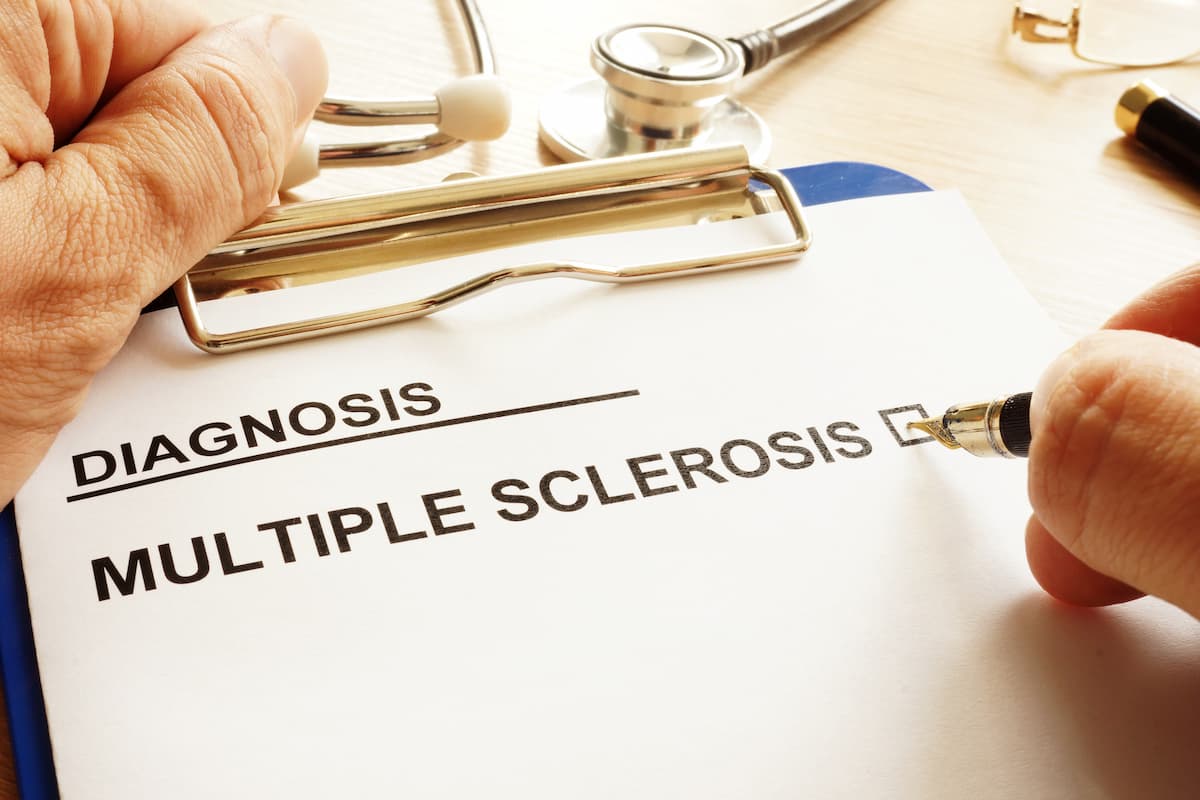Article
Engineered Gloves Show Promise at Measuring MS Limb Disability
Author(s):
A small study says that gloves with sensors could measure impairments in hand function and may have advantages over standard methods.
A recent study assessed gloves outfitted with sensors to quantitatively measure the timing of finger opposition movements to assess upper limb disability in multiple sclerosis (MS) to see if the engineered gloves had advantages over current evaluation methods.
Evaluating upper limb function in MS is becoming an increasingly key part of management, especially in cases of patients with progressive disease and reduced mobility, the authors said. But the researchers said that assessing disability can be tricky; the current measure, the Expanded Disability Status Scale, is tilted towards ambulation and does a poor job of capturing problems with the hands and arms.
Other standard ways of measuring the functioning and dexterity of the upper limbs includes the 9-hole peg test (9HPT); the timed 25 foot walk (T25FW); and a cognitive measure, called the Paced Auditory Serial Addition Test, which is part of the Multiple Sclerosis Functional Composite (MSFC) score.
The authors said the MSFC has low sensitivity to detect worsening in progressive MS, which leaves the 9HPT as the most established upper limb capacity measurement.
This study sought to confirm findings from an earlier trial, which showed a link between glove parameters and the aforementioned standard MS disability measures, but this time in a larger group. It also aimed to assess the correlation with quantitative MRI and quality of life (QoL) measures and also to determine if the glove-derived parameters offered advantages over the 9HPT.
The tool that was tested is called the Hand Test System, created by a small firm in Italy. It consists of two sensor-engineered gloves able to quantitatively measure the timing of finger opposition movements in uni- and bimanual conditions.
In this study, 65 patients (aged 18 to 65) with stable MS on disease modifying treatments were enrolled; they had either relapsing-remitting (RR) or progressive MS (PMS).
Baseline evaluations included the glove, an examination including the EDSS, SDMT, T25FW, and 9HPT; a brain MRI evaluation; and QoL questionnaires. The researchers analyzed the results by the Spearman rank correlation coefficient.
Patients were asked to perform 30 seconds of repetitive finger opposition movements of thumb to index, medium, ring and little fingers. The gloves measure the time between finger taps using a contact sensor in each fingertip. The sequence of movements had to be done with the dominant hand (uni-manual task) at their spontaneous-velocity, at their maximal-velocity, or paced by a metronome tone. They also had to do the motor sequence paced by the metronome tone using both hands simultaneously.
Researchers measured touch duration (TD), rate (RATE), number of correct sequences (NCORR), and inter-hand interval (IHI).
Results gathered by the glove showed significant differences between patients with RR and PMS. Specifically, RR patients had a shorter TD, a faster RATE, a higher NCORR and a lower IHI than patients with PMS, in line with previous results.
They also found that there were similar or slightly higher correlations of the 9HPT with clinical variables, and larger correlations of the QoL physical component with glove parameters than with 9HPT.
In addition, the glove-derived TD and RATE were significantly linked with MRI measures of disease burden, which backs the idea that both lesional and diffuse brain damage may affect upper limb function. Similarly to the 9HPT, the NCORR was strongly and significantly correlated with SDMT supporting the association between motor and cognitive function.
The researchers suggested that the results echo an earlier pilot trial and that there are clear advantages over the 9HPT, which should be investigated in a longer study.
They said that “the lack of longitudinal data represents the main limitation in the interpretation of our findings.”
Reference
Carmisciano L, Signori A, Pardini M, et al. Assessing upper limb function in multiple sclerosis by an engineered glove. Eur J Neurol. Published online August 17, 2020. doi: 10.1111/ene.14482





